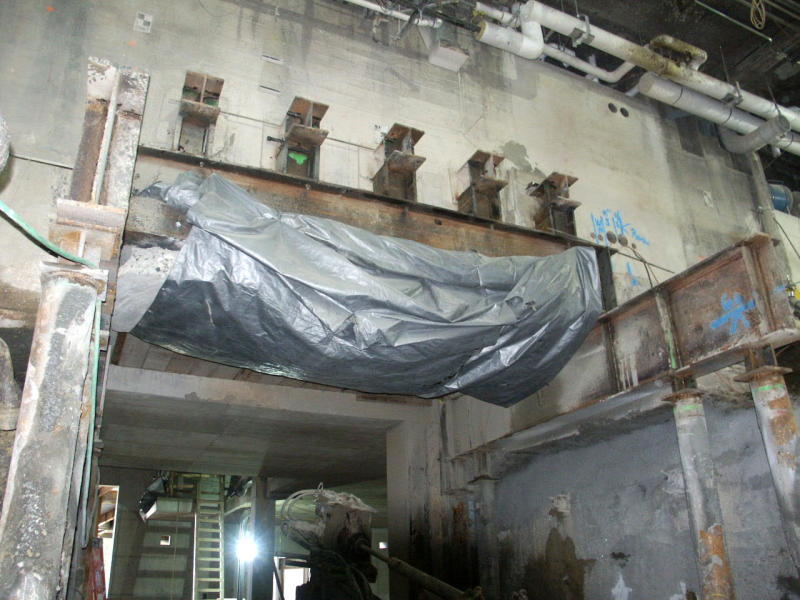ASCE/SEI 41-13 Seismic Evaluation and Retrofit of Existing Buildings:

I am doing the structural engineering for a new building adjacent to an existing multi-wythe church originally constructed in the 1920s. The two are linked by a connector. The impact to the existing church is minimal but significant enough that I would like to thoroughly examine the mechanics of the structure considering the new openings in what I must assume to be unreinforced masonry of one of the towers. Does anyone know of a similar resource for this type of application? Through the research I've done it seems that there is somewhat of a debate about applying new building codes to existing buildings and what type of approach should be utilized in these situations.

I am doing the structural engineering for a new building adjacent to an existing multi-wythe church originally constructed in the 1920s. The two are linked by a connector. The impact to the existing church is minimal but significant enough that I would like to thoroughly examine the mechanics of the structure considering the new openings in what I must assume to be unreinforced masonry of one of the towers. Does anyone know of a similar resource for this type of application? Through the research I've done it seems that there is somewhat of a debate about applying new building codes to existing buildings and what type of approach should be utilized in these situations.

![[sad] [sad] [sad]](/data/assets/smilies/sad.gif) and i pretend to move and shake only when required (and any dancing partner would argue I do it poorly)
and i pretend to move and shake only when required (and any dancing partner would argue I do it poorly)